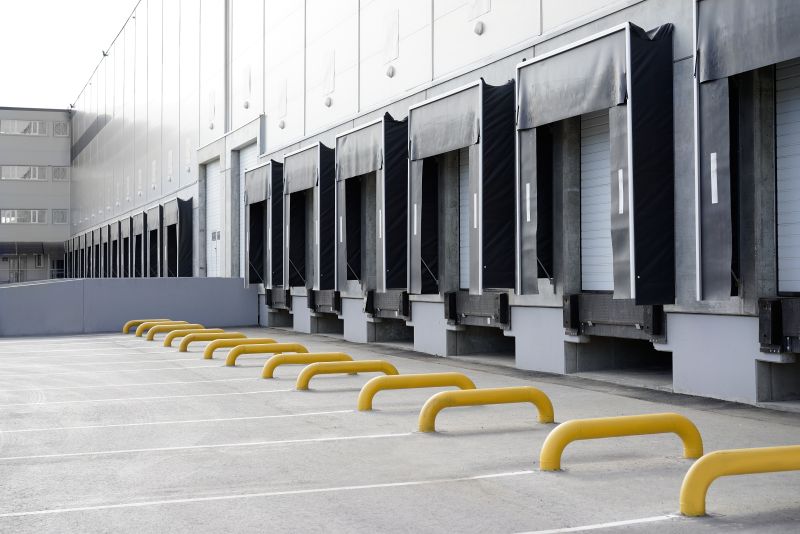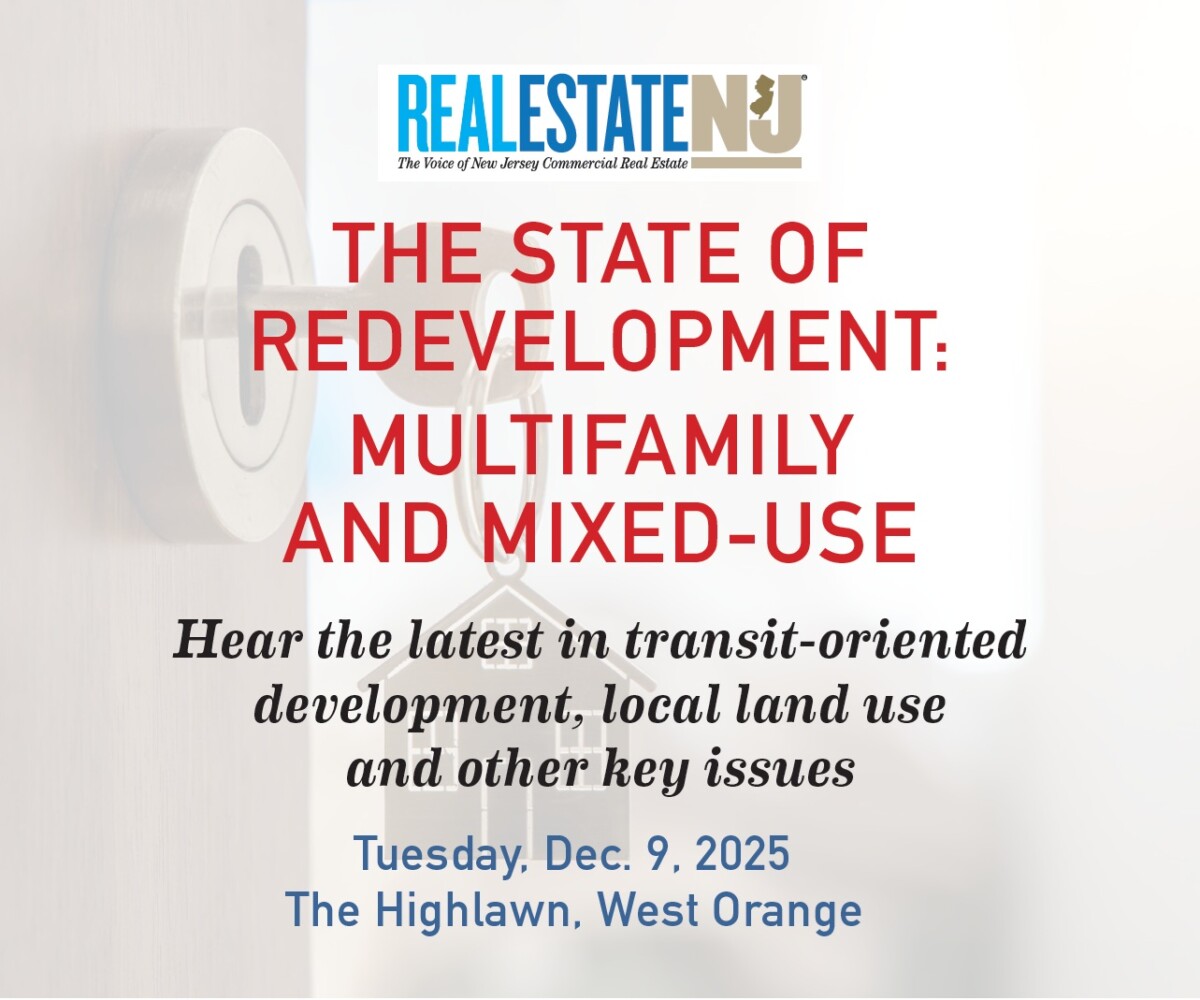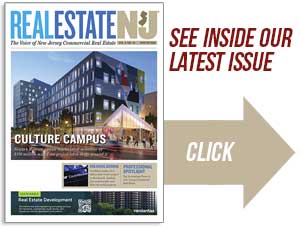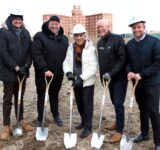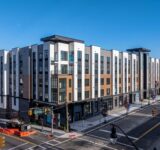By Joshua Burd
Logistics firms are helping to keep a lid on rising industrial vacancy in New Jersey, providing modest relief as landlords deal with excess construction and growing sublease options.
That was evident in the second quarter, according to several market reports released this week. For instance, research by NAI James E. Hanson found that vacancy in northern and central New Jersey grew to 5.9 percent at midyear, continuing a steady rise from its historic low of 2 percent in 2022 despite what the firm said was steady leasing activity in Q2.
Reports by Savills and Cushman & Wakefield also pointed to similar trends and continuing negative absorption, or an overall decrease in occupied space across the market, citing uncertainty over tariffs and other economic headwinds after the sector’s historic highs in 2022.
“Although transaction velocity was on par with last year, the time to complete deals has lengthened,” NAI Hanson wrote in its market report. “Demand from logistics and distribution firms and 3PL companies, however, has helped to temper a spike in vacancy.”
Cushman, for its part, said industrial leasing in New Jersey totaled 5.7 million square feet in Q2. The marks a 4.7 percent increase from the first quarter, thanks in part to deals in the Meadowlands region and the so-called Port South submarket around New Jersey Turnpike exits 12 and 13.
The firm added that, while overall net absorption remained negative for the ninth consecutive quarter, Class A industrial properties saw consistent tenant demand and a decrease in available space.
“New Jersey’s industrial market remains resilient despite ongoing challenges,” said Felix Soto, a senior research analyst at Cushman & Wakefield. “Submarkets such as Port South and the Meadowlands continue to see robust leasing activity, highlighting their strategic value and appeal for modern warehouse and distribution spaces.”
A report by Savills also offered a mixed picture. That included softening conditions in the Exit 8A submarket, where vacancy has increased 430 basis points since the second quarter of 2024 and 140 basis points from the first quarter of 2025, amid the delivery of new construction and new-to-market sublets.
All told, available sublease space in the region now totals 11.6 million square feet after having added nearly 5 million square feet in the past 12 months, Savills found. That growth is “evidence that occupiers are still seeking to shed excess space amid various macro headwinds,” the firm said, while noting that average asking rents for Class A sublet space are 20 percent lower than those of Class A direct space.
On a brighter note, Savills said the Port of New York and New Jersey through May handled 3.7
million twenty-foot equivalent units, trailing only 2022 as the strongest year to date. The firm said it was unclear whether volumes represent a simple pull-forward of cargo or may serve as a precursor for the remainder of the year, but struck a cautiously optimistic tone.
“Using quarterly leasing activity as a proxy, four of the five largest new leases were from occupiers in the logistics and distribution/third-party logistics (3PL) industry,” Savills wrote. “Such a trend suggests that occupiers themselves are betting on continued strong container activity at the port, which in turn should help catalyze net absorption in the near term.”

